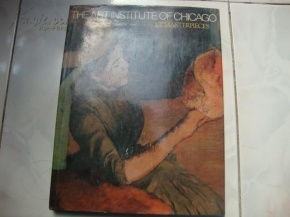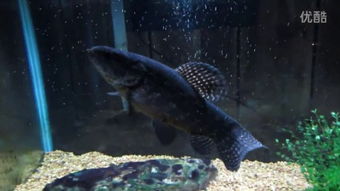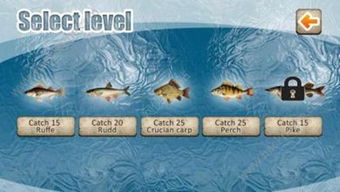Introduction:
For anglers seeking the thrill of the hunt and the satisfaction of catching a wild rainbow trout, understanding the unique challenges and techniques involved is crucial. Whether you're a seasoned fisherman or a beginner looking to improve your skills, this article will delve into the art of catching wild rainbow trout, providing you with essential tips and tricks to enhance your fishing experience.
Understanding Wild Rainbow Trout Behavior:
Before delving into the fishing techniques, it's important to understand the behavior of wild rainbow trout. These fish are known for their elusive nature and are often found in streams, rivers, and lakes. They are highly sensitive to their environment and can be quite selective about their food sources. By understanding their habits, you can tailor your approach to increase your chances of success.
Choose the Right Equipment:
The first step in catching a wild rainbow trout is to equip yourself with the right gear. Here are some essential items:

- Rod and Reel: A lightweight, 6 to 8-foot rod with a fast-action tip is ideal for trout fishing. Match the rod with a quality reel that can handle light line and provide smooth casting and retrieval.
- Line: Use a 4 to 6-pound test monofilament line for trout fishing. This line is thin enough to be less visible to the fish and strong enough to handle the fight.
- Hooks: Small hooks, such as size 8 to 14, are perfect for trout. They should be sharp and made of high-quality material to ensure a good hook set.
- Lures and Bait: Depending on the season and the trout's feeding habits, you may use artificial lures, flies, or live bait. Soft plastics, spinners, and nymphs are popular choices for artificial lures, while worms, leeches, and minnows are effective live baits.
Select the Right Location:
Finding the perfect spot to fish is key to catching wild rainbow trout. Here are some tips:
- Stream and River Fishing: Look for areas with a strong current, such as riffles and runs, where trout tend to feed. Observe the water flow and identify areas where the current is slower, allowing the trout to rest and conserve energy.
- Lake Fishing: Look for areas with deep water, submerged structures, and weed beds, as these are likely to hold trout. Use a boat or a float tube to access deeper waters and more secluded spots.
- Seasonal Patterns: Be aware of the trout's seasonal patterns. During the spring, they are often found in slower, warmer waters, while in the summer, they may seek cooler, deeper waters.
Master the Art of Casting:
Proper casting is essential for successful trout fishing. Here are some casting techniques to try:
- Overhead Cast: This is the most common casting technique. Hold the rod with a relaxed grip and make a smooth, controlled motion to cast the line.
- Toss Cast: For shorter distances or when casting around obstacles, the toss cast is effective. Hold the rod low and flick the line forward with a quick, wrist-flick motion.
- Roll Cast: When fishing in tight spaces or casting against the wind, the roll cast is a great option. Hold the line in your left hand (for right-handed casters) and use your right hand to roll the line forward.
Perfect Your Bait Presentation:
The way you present your bait or lure can make or break your fishing trip. Here are some tips:
- Natural Movement: Trout are often attracted to natural movements, such as a wiggling worm or a spinning lure. Allow your bait to move naturally in the water.
- Patience: Be patient and wait for the trout to come to you. Avoid overworking your bait, as this can spook the fish.
- Adjustment: If you're not getting bites, try changing your approach. This could mean changing your lure, adjusting your retrieve speed, or even trying a different color.
Learn to Read the Water:
Being able to read the water is a valuable skill for any trout fisherman. Here are some tips:
- Observe the Water Flow: Pay attention to the water flow and identify areas where the current is slower or faster. These areas can indicate feeding zones.
- Look for Cover: Trout often hide behind rocks, logs, and other debris. Cast towards these areas to increase your chances of a bite.
- Identify Food Sources: Look for signs of food sources, such as insects or other small fish, which can indicate the presence of trout.
Conclusion:
Catching wild rainbow trout requires patience, practice, and a deep understanding of the fish's behavior and the environment. By equipping yourself with the right gear, selecting the right location, mastering casting techniques, perfecting your bait presentation, and learning to read the water, you'll be well on your way to becoming a successful trout fisherman. Remember, the thrill of the hunt and the satisfaction of catching a wild rainbow trout are experiences that will stay with you for a lifetime. Happy fishing!












